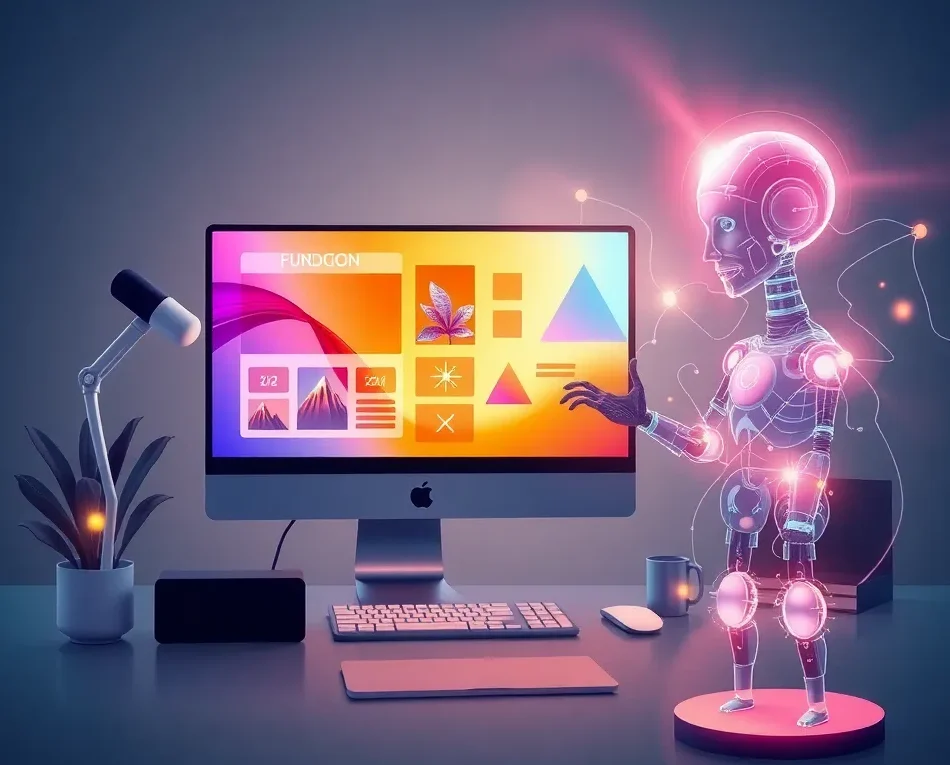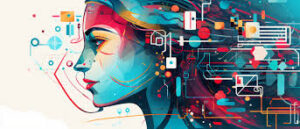Introduction
In today’s fast-paced digital era, the best AI for graphic design is transforming the way designers create. Artificial intelligence (AI) is revolutionizing the graphic design industry by making it easier and faster to produce stunning visuals. With cutting-edge AI tools, designers can streamline their workflows, access creative design suggestions, and perform advanced editing tasks-all while saving time and effort.
These AI-powered tools have become indispensable for both seasoned professionals and beginners. They empower anyone to bring their creative ideas to life without requiring years of experience. By automating repetitive tasks like resizing images, removing backgrounds, or generating layouts, the best AI for graphic design allows designers to focus on crafting unique and impactful visuals.
Integrating AI into your design process not only enhances creativity but also boosts efficiency. With features like automated layouts and smart suggestions, designers can experiment with fresh ideas, achieve consistent results, and tackle even the most complex projects effortlessly. AI tools are reshaping graphic design, making it more accessible, innovative, and adaptable for everyone.
If you want to stay competitive and create visuals that truly stand out, adopting the best AI for graphic design is essential. Whether you’re an expert or just starting your creative journey, these tools can unlock your potential and help you deliver exceptional designs with ease.
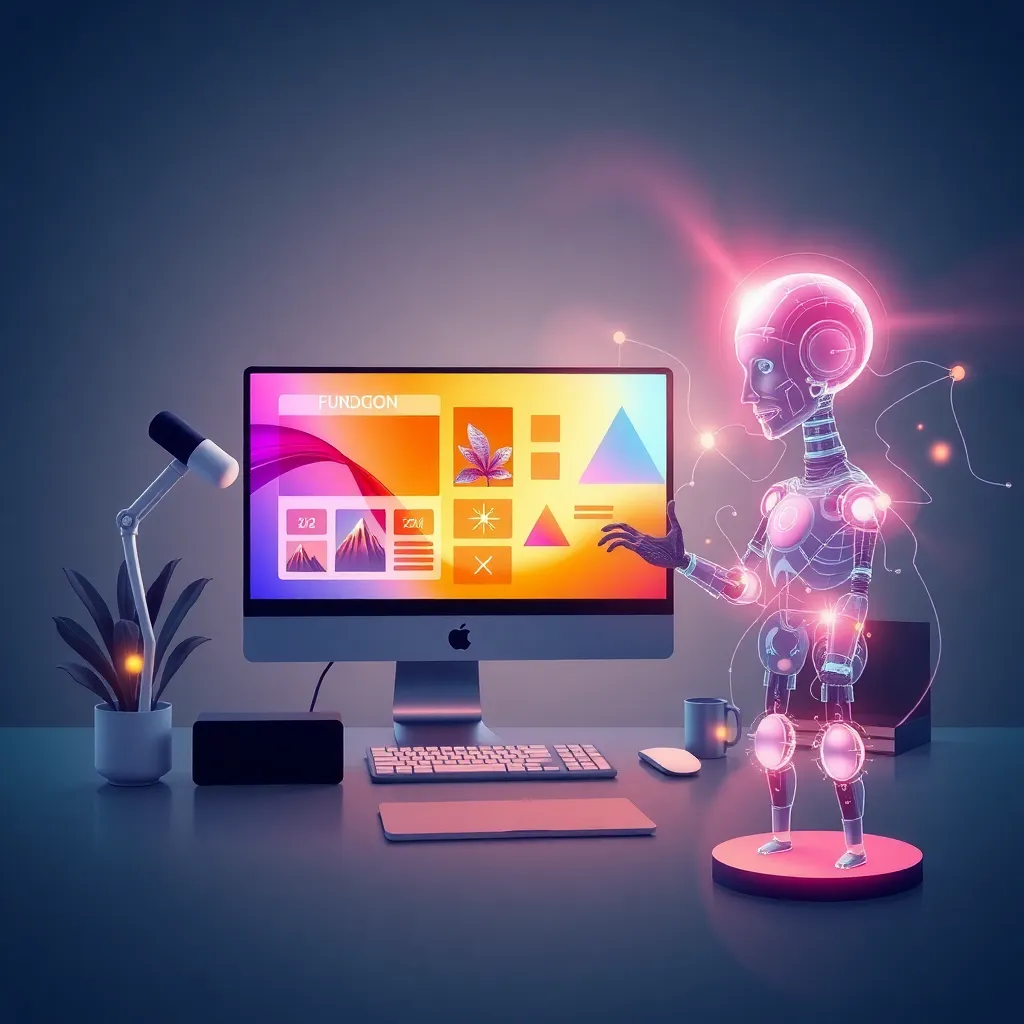
What Are the Best AI Tools for Graphic Design?
The best AI for graphic design refers to cutting-edge software programs that use artificial intelligence to help designers create stunning visuals more efficiently and creatively. These tools are designed to analyze patterns, understand design principles, and provide suggestions or generate designs based on user input. From creating logos to editing images and designing layouts, these tools simplify the process by automating tasks that traditionally required a lot of time and effort.
For example, the best AI tools for graphic design can suggest color palettes, resize images, or remove backgrounds with just a click. This allows designers to focus on bringing their creative ideas to life rather than getting bogged down by technical details. Tools like Canva, Adobe Sensei, and Fotor are widely recognized as some of the best AI-powered tools, making graphic design more accessible for professionals and beginners alike.
How the Best AI for Graphic Design Is Revolutionizing the Industry
AI is transforming graphic design by introducing smarter, faster, and more accurate methods. Here’s how the best AI for graphic design is reshaping the industry:
- Automating Repetitive Tasks:
The best AI graphic design tools handle tedious tasks like resizing images, creating multiple design variations, or cleaning up imperfections. This automation saves designers countless hours and allows them to focus on the creative aspects of their work. - Improving Accessibility:
Even if you’re new to design, tools like Canva and Fotor make it easy to create professional-quality visuals. Their intuitive interfaces and AI-driven suggestions empower beginners to design with confidence. - Personalized Design Suggestions:
AI tools analyze user preferences and provide tailored recommendations. Whether it’s suggesting layouts or recommending fonts that align with your brand, the best AI for graphic design adapts to your needs. - Enhancing Creativity:
With AI, designers can explore new creative possibilities. The tools can generate multiple variations of a design or suggest styles you may not have considered, inspiring innovative outcomes. - Cost Efficiency:
For businesses, the best AI graphic design tools eliminate the need for large design teams for basic projects. These tools help create high-quality designs quickly and affordably, making them a game-changer for startups and enterprises alike.
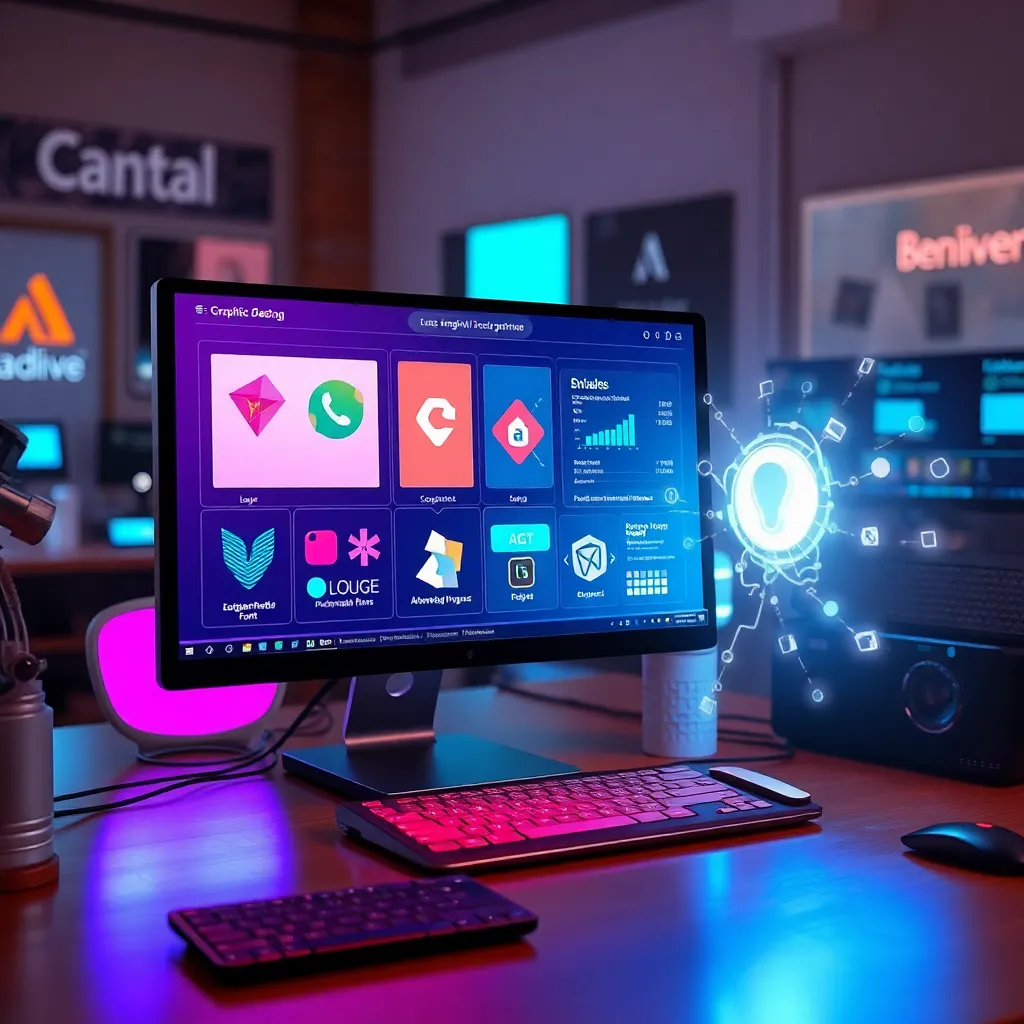
Benefits of Using the Best AI for Graphic Design
The best AI for graphic design is transforming the industry by making the design process easier, faster, and more innovative. Whether you’re a professional designer or a beginner, incorporating AI tools into your workflow can revolutionize how you create. Here are some of the key benefits:
1. Enhanced Creativity and Idea Generation
- The best AI for graphic design sparks creativity by offering unique suggestions and design ideas. These tools can generate multiple layouts, color combinations, and visual styles based on your input. They open up new possibilities that designers may not have thought of on their own. Tools like Canva and Adobe Sensei inspire fresh concepts, helping you create standout designs effortlessly.
2. Time-Saving Through Automation
- AI tools excel at automating repetitive and time-consuming tasks. Whether it’s resizing images, removing backgrounds, or generating templates, the best AI for graphic design handles these tasks efficiently. This allows designers to save hours of work and focus more on the creative aspects of their projects.
3. Improved Accuracy and Consistency
- The best AI tools for graphic design ensure your work is polished and consistent. They automatically align elements, adjust spacing, and apply color schemes throughout your project, eliminating errors. This precision results in professional-looking designs every time, even for complex projects.
4. Accessibility for Designers of All Skill Levels
- The best AI for graphic design is designed to be user-friendly, making graphic design accessible to everyone. Whether you’re a seasoned expert or a beginner, these tools come with intuitive interfaces, pre-designed templates, and step-by-step guides. They empower beginners to create professional-quality visuals while helping experienced designers streamline their workflows.
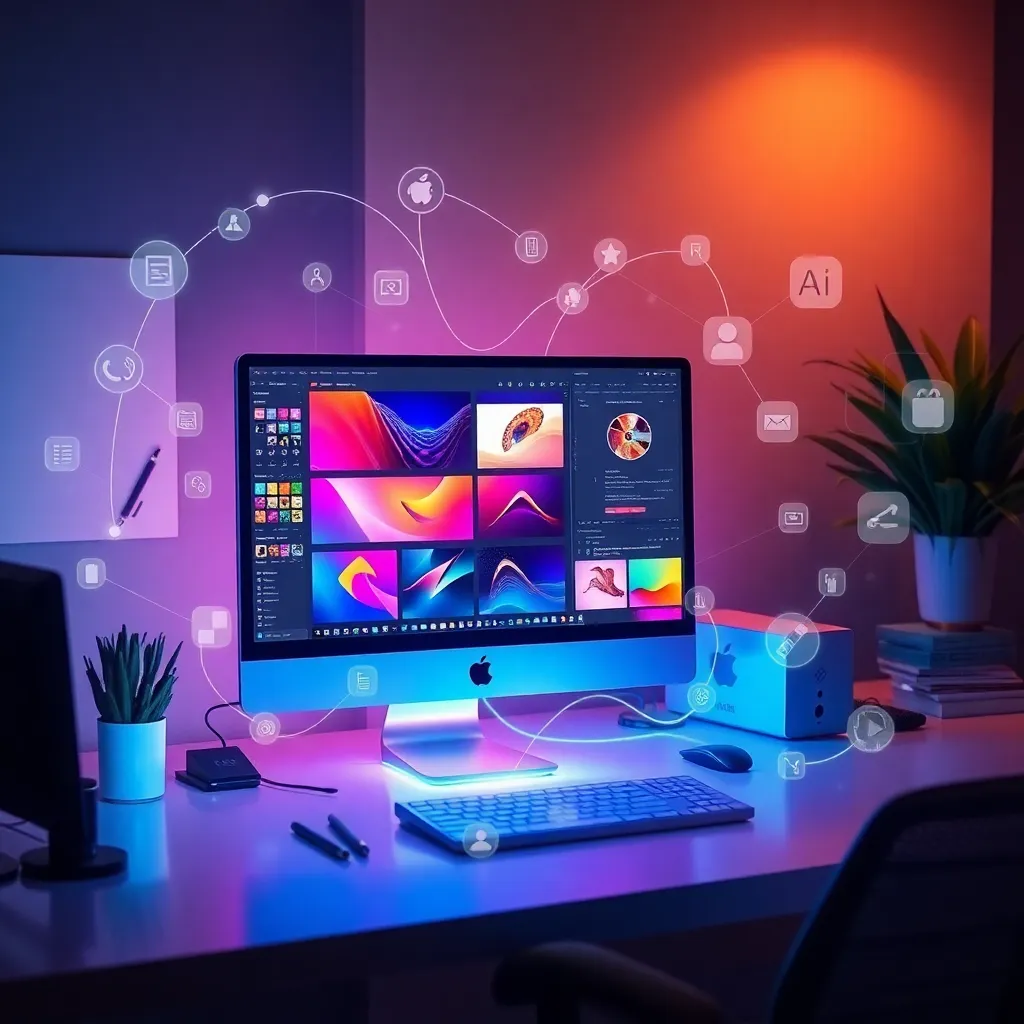
Top AI Tools for Graphic Design in Today’s World
The best AI tools for graphic design are revolutionizing the industry, making it easier, faster, and more efficient for both beginners and professionals. These tools empower designers to create stunning visuals, automate repetitive tasks, and streamline workflows. Here’s a list of the top AI-powered tools transforming graphic design today:
1. Canva
Canva is one of the most widely used AI-powered graphic design tools, known for its simplicity and versatility.
- Why It Stands Out: Canva features an intuitive, drag-and-drop interface that is perfect for beginners and advanced users alike.
- AI Capabilities: Its AI-driven design suggestions help users create visually appealing graphics by recommending layouts, colors, and fonts.
- Key Features: Canva offers a vast library of templates, images, and design elements, making it ideal for creating social media posts, presentations, and marketing materials.
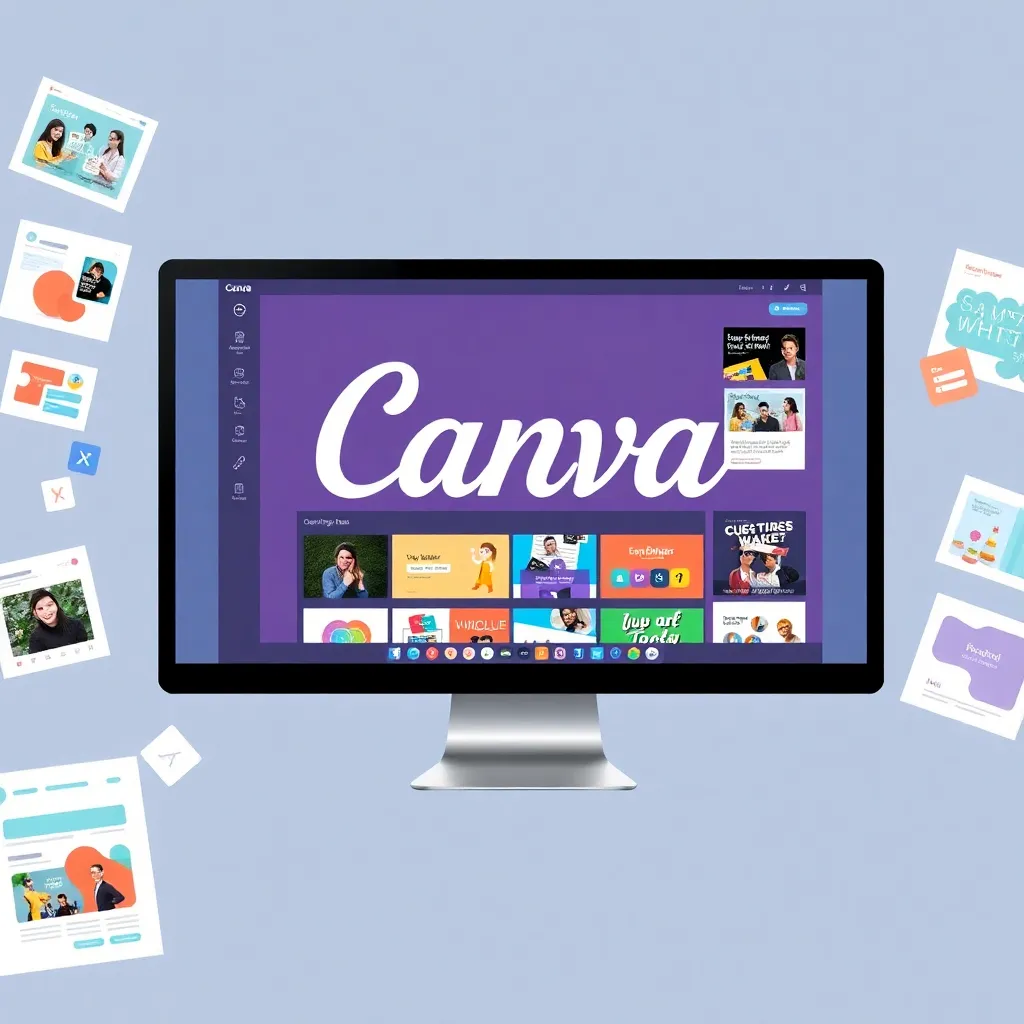
2. Adobe Sensei
Adobe Sensei is the AI backbone of Adobe’s Creative Cloud applications, seamlessly integrating with tools like Photoshop, Illustrator, and InDesign.
- Why It’s Great: Professional designers rely on Adobe Sensei to automate time-consuming tasks and enhance their creative workflows.
- AI Capabilities: It uses AI to remove objects from images, enhance photo quality, and generate intelligent layout suggestions.
- Key Features: Adobe Sensei accelerates complex design tasks, enabling designers to focus on their creative vision while maintaining precision and speed.
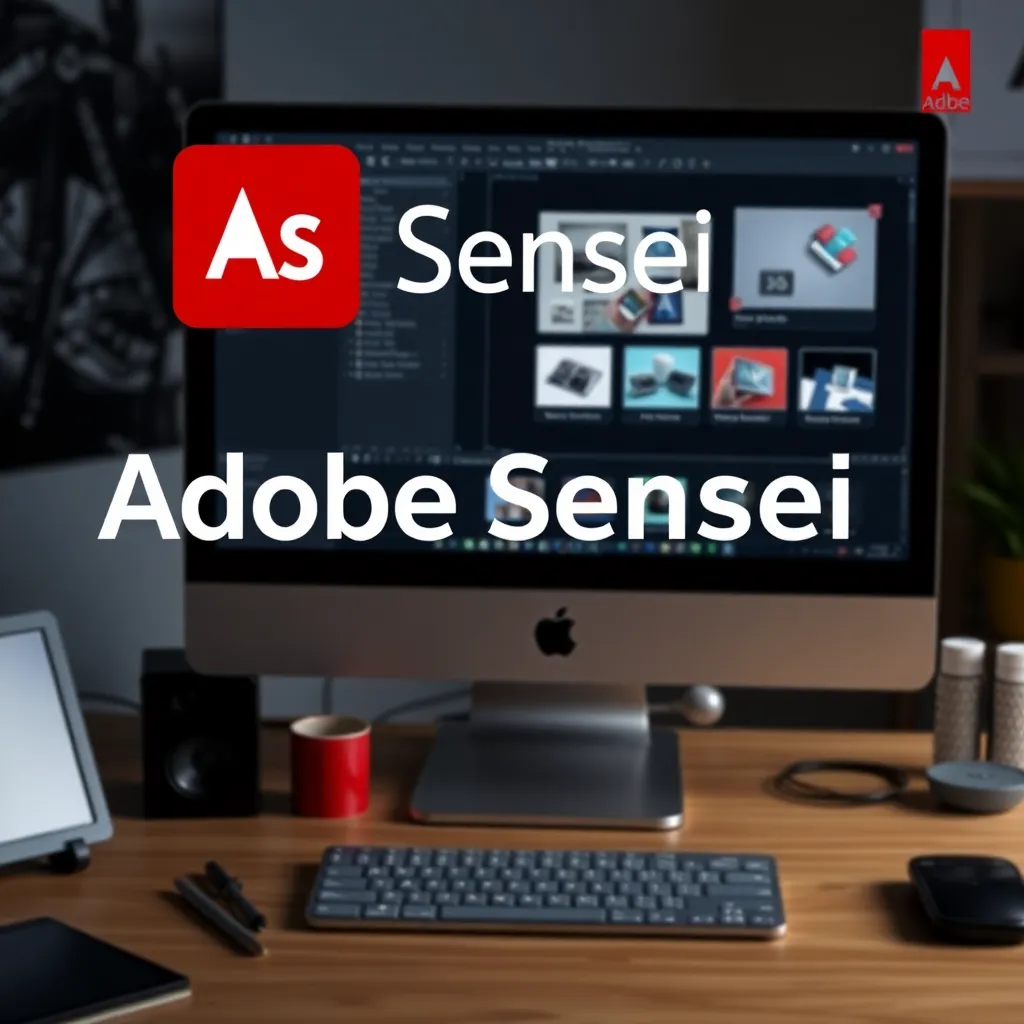
3. Designs.ai
Designs.ai is an all-in-one platform that uses AI to simplify logo creation, video production, and graphic design.
- Why It’s Unique: It’s perfect for small businesses or individuals who need professional-quality designs without a steep learning curve.
- AI Capabilities: The platform generates logos, templates, and design assets tailored to your specifications in minutes.
- Key Features: With tools for branding and marketing materials, Designs.ai makes it easy to create consistent and professional visuals quickly.
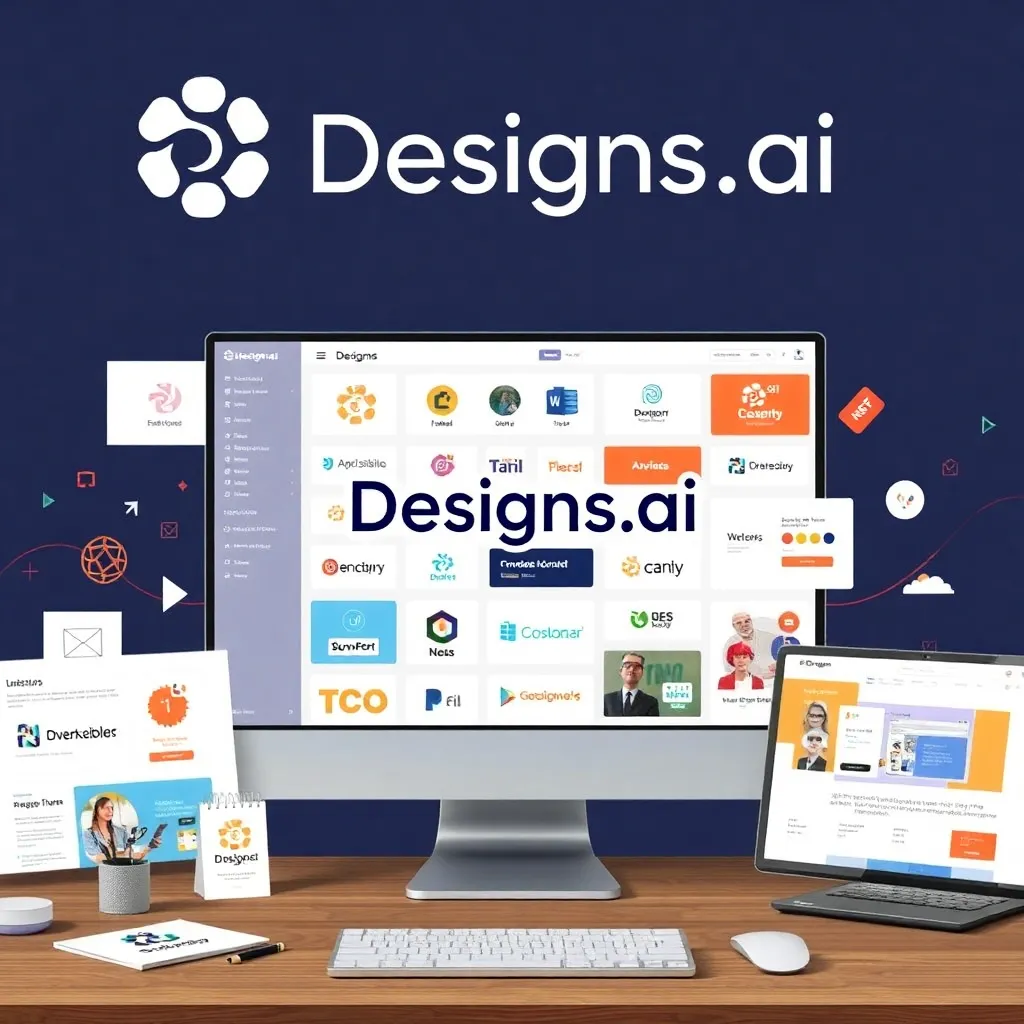
4. Uizard
Uizard is an innovative tool designed for rapid prototyping and UI/UX design.
- Why It Stands Out: Uizard allows users to turn hand-drawn sketches into digital prototypes instantly.
- AI Capabilities: Its AI-powered engine analyzes sketches and converts them into polished digital designs, accelerating the prototyping process.
- Key Features: Uizard is ideal for creating and testing multiple iterations of UI/UX designs, saving valuable time for designers.
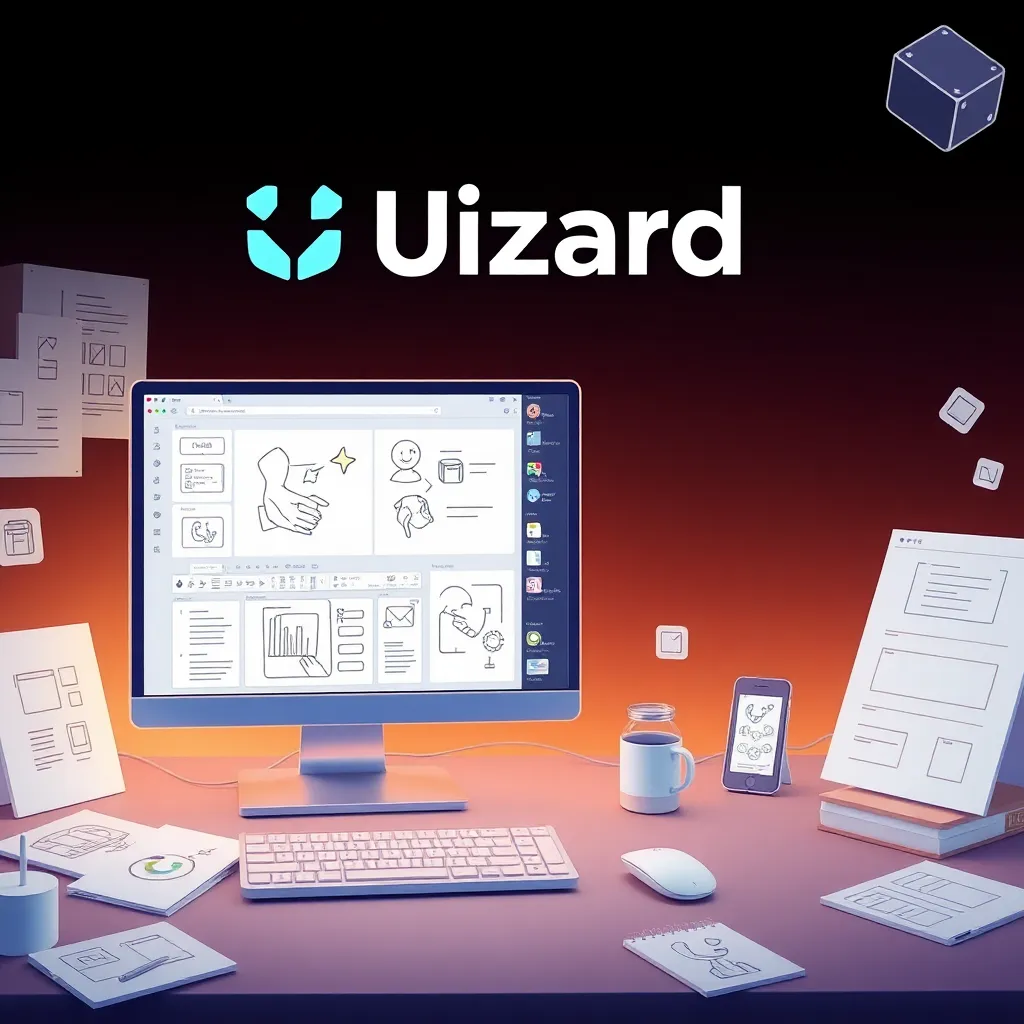
5. Fotor
Fotor is an AI-powered photo editing and design platform that combines simplicity with powerful features.
- Why It’s Popular: It’s accessible to users of all skill levels, making it a go-to tool for photo enhancement and graphic creation.
- AI Capabilities: Fotor uses AI to enhance photos, remove backgrounds, and apply filters effortlessly.
- Key Features: Whether you’re creating social media graphics or editing images, Fotor ensures professional-quality results with minimal effort.
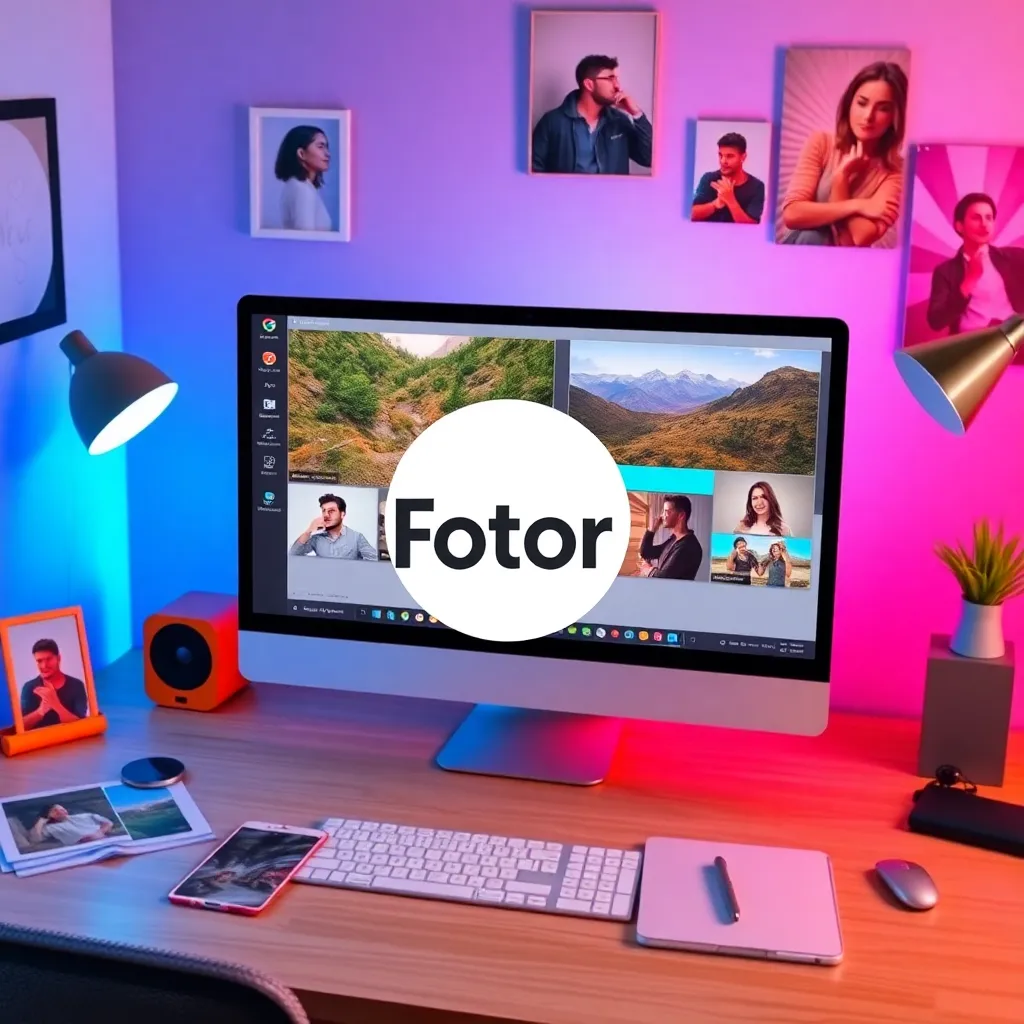
Future Trends in AI Graphic Design
The future of AI in graphic design is incredibly promising, with advancements that will continue to redefine the industry. As AI evolves, it brings new opportunities for designers to create more efficiently, explore innovative mediums, and push the boundaries of creativity. Here are the key trends shaping the future of AI-driven graphic design:
1. Smarter and More Intuitive AI Design Assistants
AI-powered design tools are becoming increasingly intelligent and user-friendly.
- Future AI tools will act like personal design assistants, learning your style and preferences to create custom designs automatically.
- These tools will require minimal user input while delivering professional-quality designs, making graphic design faster, more efficient, and accessible to everyone, from beginners to experts.
2. Integration of AI with Virtual and Augmented Reality (VR/AR)
AI is set to revolutionize graphic design by merging with VR and AR technologies.
- Designers will be able to create immersive experiences, such as augmented reality ads, virtual product demos, or interactive environments.
- AI will simplify the creation of VR/AR content, making these advanced mediums accessible to businesses and creatives who want to stand out in the digital age.
- This integration will open up new possibilities for engaging audiences in ways that were once unimaginable.
3. Advancements in AI-Powered 3D Modeling and Animation
AI is driving rapid innovation in 3D modeling and animation, streamlining traditionally complex workflows.
- Future tools will enable designers to generate intricate 3D models and animations quickly, even without specialized skills.
- Animation processes that once took hours or days will become intuitive and efficient, thanks to AI-powered automation.
- This will expand opportunities for industries like gaming, film, marketing, and product design to create highly engaging, visually rich content.
4. Ethical Challenges and the Role of Human Creativity
As AI takes on more creative tasks, ethical and creative considerations will become increasingly important.
- Designers and businesses will need to find the right balance between AI efficiency and the personal touch of human creativity.
- Issues such as copyright, ownership of AI-generated content, and the impact of AI on creative jobs will spark important discussions.
- While AI will dominate repetitive tasks, the unique insights and artistic vision of human designers will remain essential for truly innovative and meaningful work.
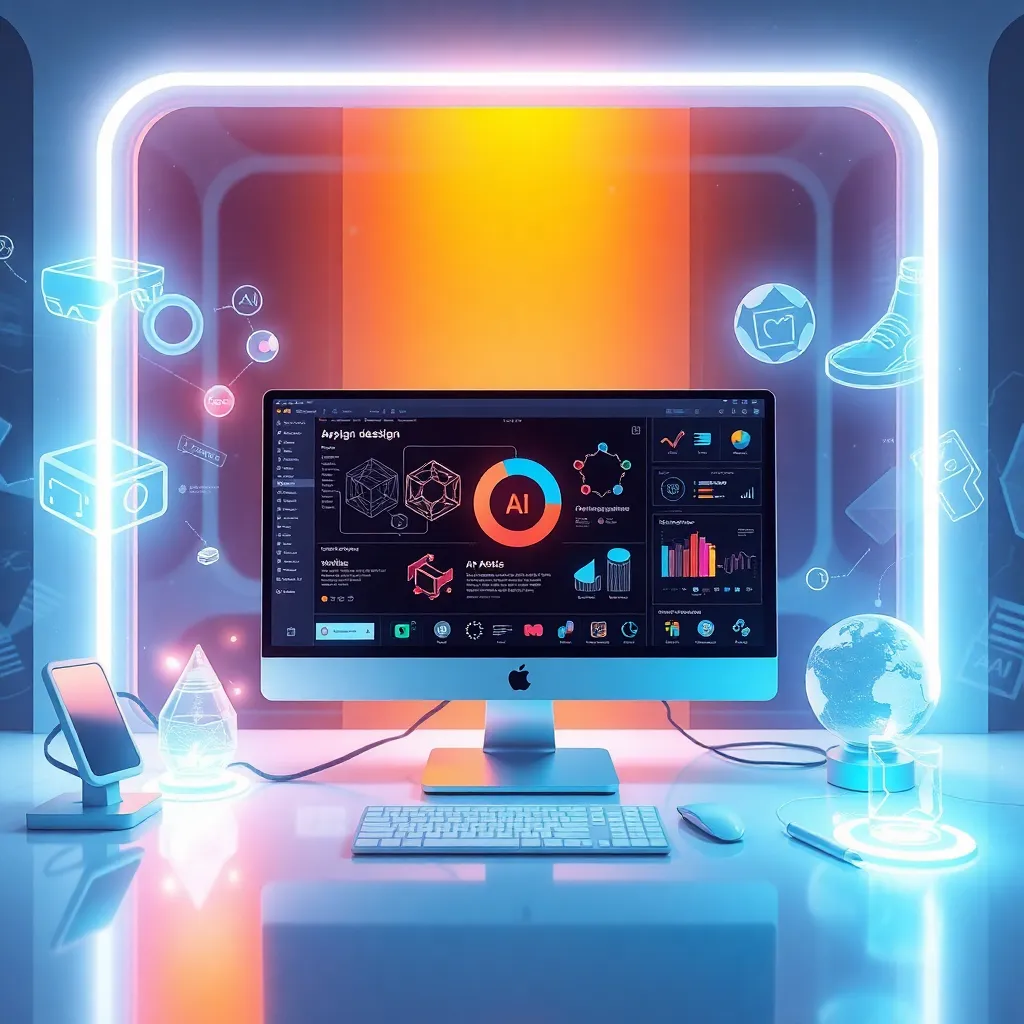
Conclusion:
AI is transforming the graphic design industry, making it more accessible, efficient, and creative for designers of all levels. Whether you’re a seasoned professional or just starting out, AI-powered tools like Canva, Adobe Sensei, and Fotor offer the perfect combination of simplicity and advanced features. These tools streamline workflows by automating repetitive tasks, provide personalized design suggestions to fuel creativity, and ensure consistent, high-quality results across all projects.
Choosing the best AI for graphic design depends on your goals, experience, and budget. Beginners can benefit from Canva’s intuitive interface, while professionals might opt for Adobe Sensei’s robust features for tackling complex design challenges. Tools like Uizard and Designs.ai are ideal for specialized needs such as UI/UX prototyping and branding, making them valuable assets for a wide range of design projects.
As AI continues to advance, its integration with technologies like virtual reality, augmented reality, and 3D modeling will unlock unprecedented possibilities for graphic design. However, striking a balance between AI’s efficiency and human creativity will remain crucial to producing innovative and impactful designs.
To thrive in today’s competitive digital landscape, embracing the best AI tools for graphic design is essential. Start exploring these innovative tools today to elevate your designs, save time, and create visually stunning content that stands out.

